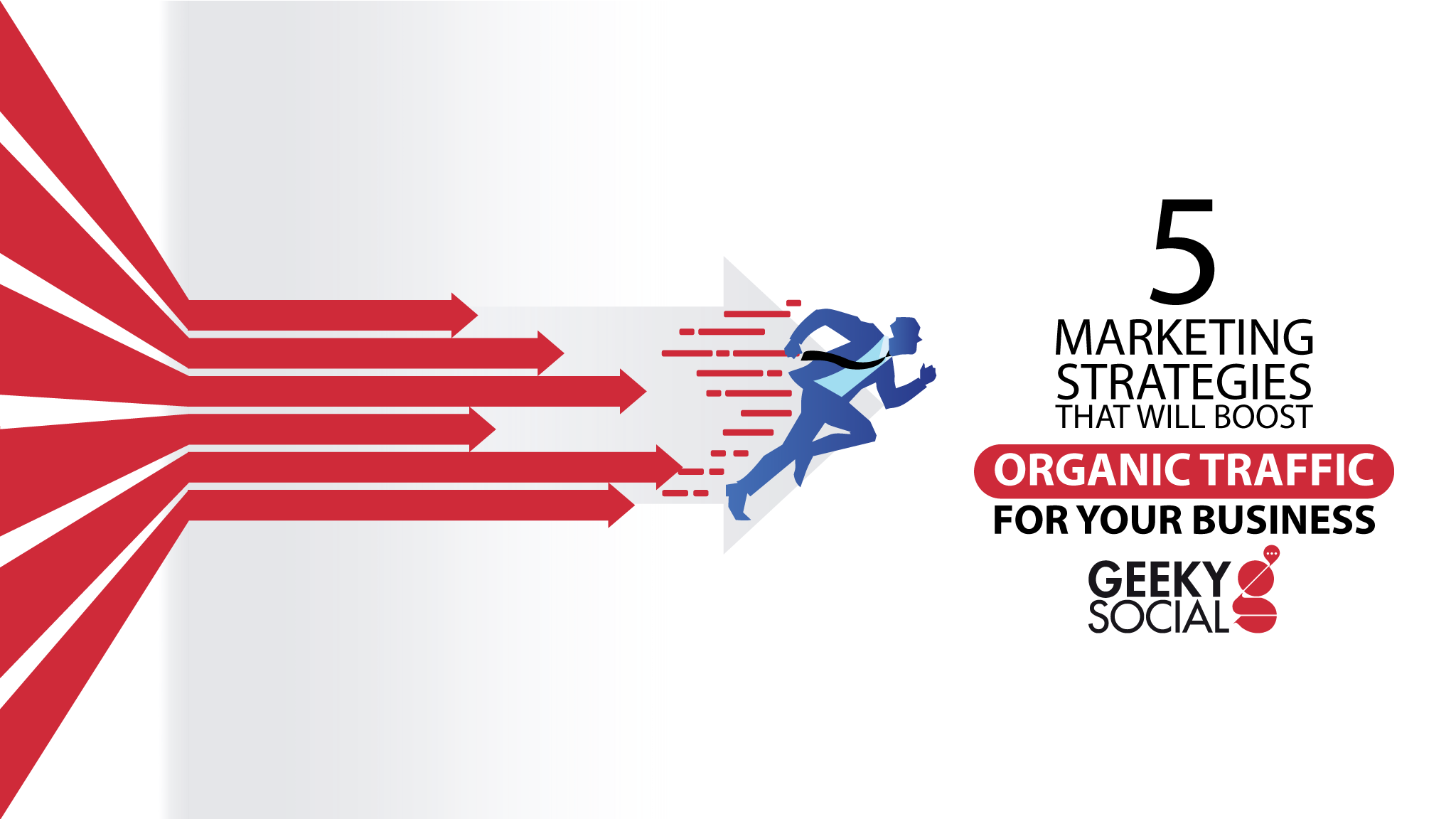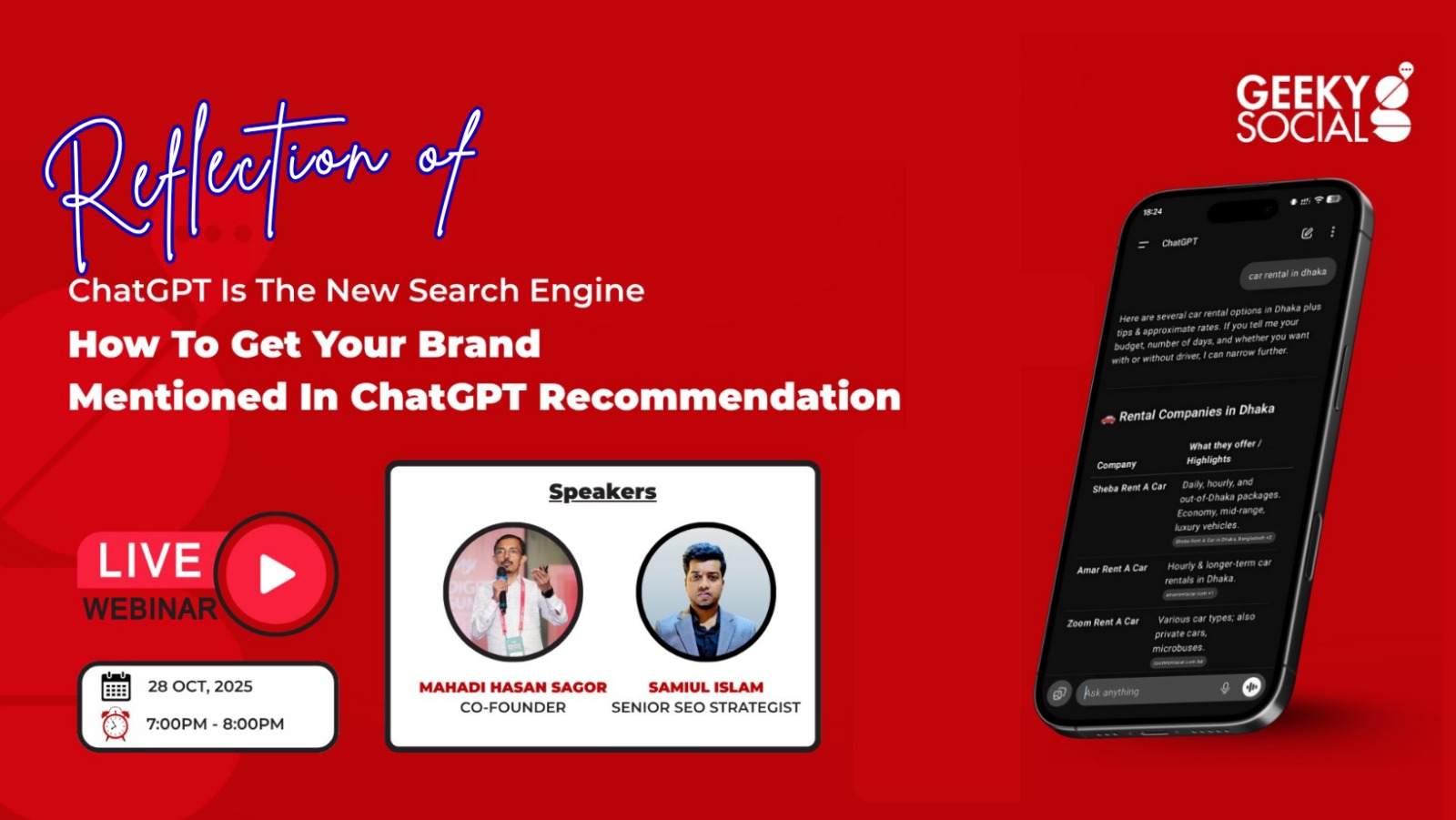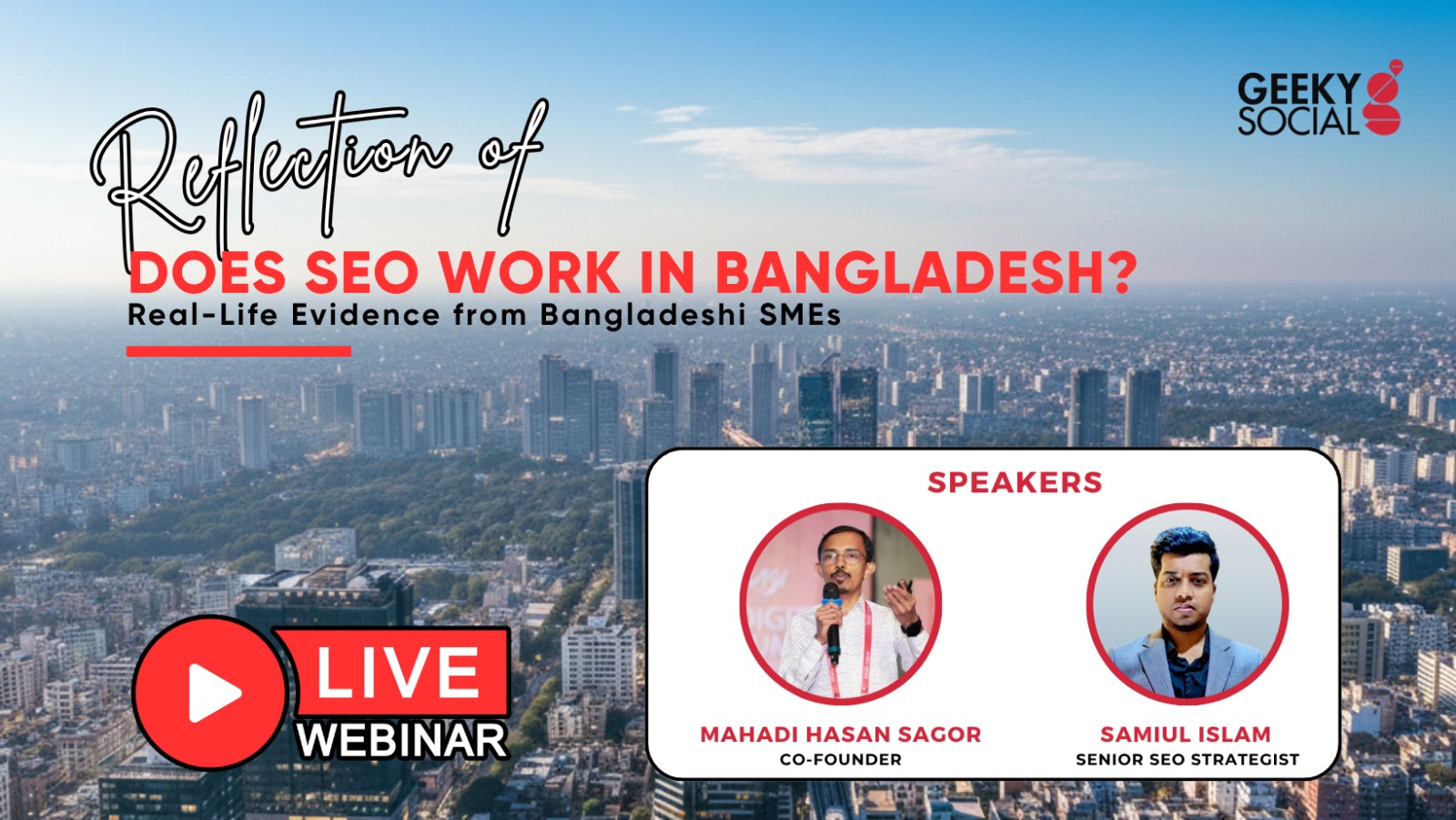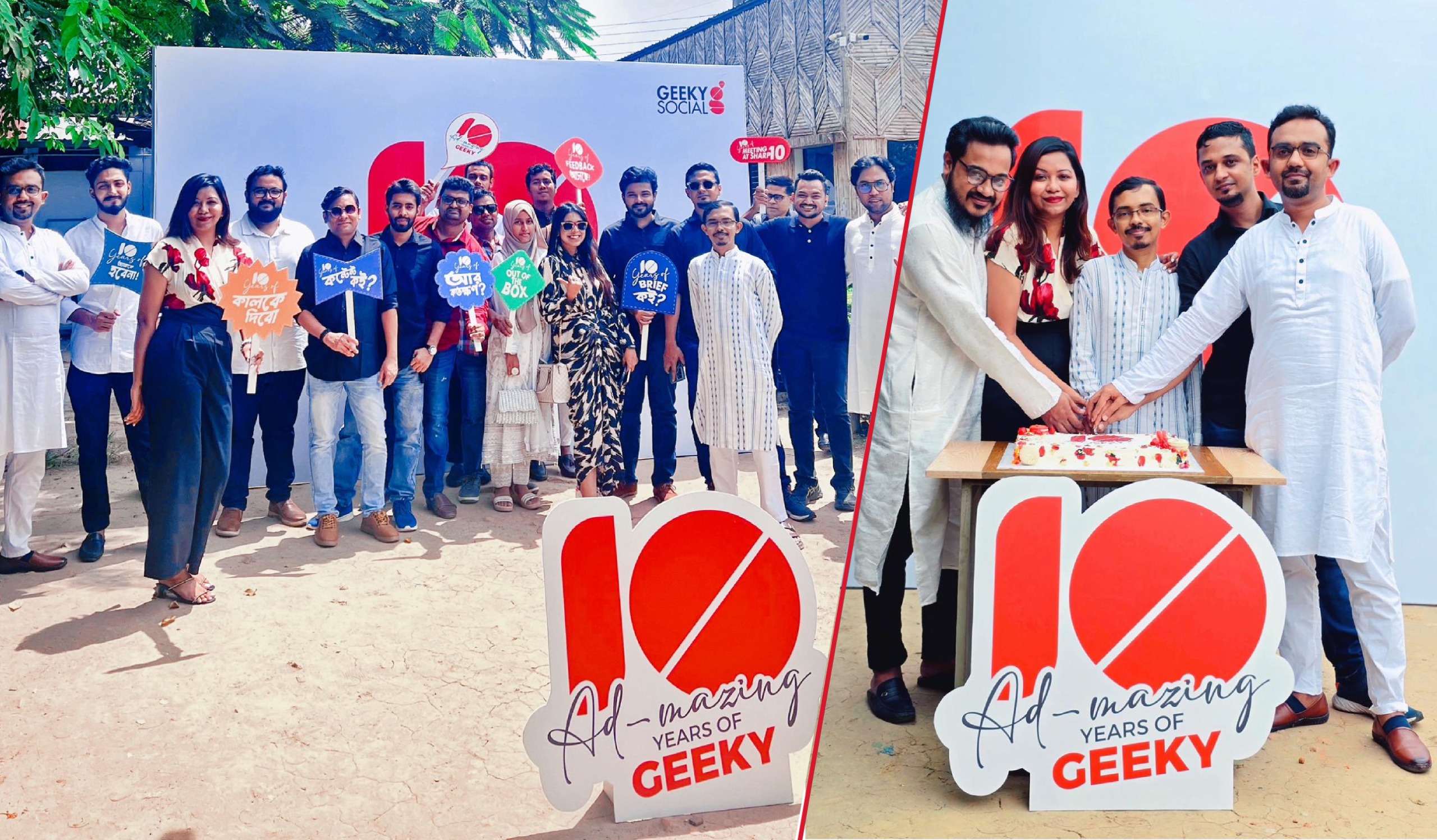
5 Marketing Strategies That Will Boost Organic Traffic for Your Business
- Published on
Table of Contents
5 Marketing Strategies That Will Boost Organic Traffic for Your Business
In today’s fiercely competitive digital landscape, generating organic traffic for business is not just a goal; it’s a necessity. Relying on paid advertising alone can be costly and may not guarantee long-term success. To truly thrive online, it’s essential to implement effective marketing strategies that attract visitors to websites naturally. In this blog, we will explore five marketing strategies that will help us gain organic traffic for business.
1. Content Marketing
One of the foundational principles of organic traffic generation is producing high-quality, valuable contents. Regularly publishing relevant blog posts, articles, and other forms of content not only establishes authority in the industry but also helps improve search engine rankings for the business. This content should be informative, engaging, and tailored to address our target audience’s needs and questions.
There are several types of content that we can adapt for our brand based on our target audience and relevance.
Video Content
Video remains a dominant content type, with platforms like YouTube, TikTok, and Instagram Reels driving its popularity. Brands can leverage video for various purposes, including product demos, tutorials, vlogs, and storytelling.
Live Streaming
Live video content, including live Q&A sessions, webinars, and live events, allows real-time interaction with audiences, fostering engagement and authenticity.
Interactive Content
Content that encourages user participation, such as quizzes, polls, surveys, and interactive infographics, captures attention and provides personalized experiences.
Long-Form Blog Posts
Well-researched, in-depth blog posts are valuable for sharing comprehensive information, enhancing SEO, and establishing authority in a niche.
Visual Content
High-quality images, infographics, and data visualizations continue to be essential for conveying information in an easily digestible format.
Podcasts
Podcasts remain popular for on-the-go learning and entertainment. Brands can host their own podcasts or sponsor relevant ones to reach their target audience.
Case Studies and Success Stories
Real-life examples of how our product or service solved a problem or brought value to customers can be highly persuasive and build trust.
Social Media Stories
Platforms like Instagram, Facebook, and Snapchat offer story features that provide a temporary but engaging way to share content, offer sneak peeks, and share behind-the-scenes content.
User-Generated Content
Encouraging customers to create content related to our brand can be powerful for building trust and authenticity. This includes customer reviews, testimonials, and user-submitted content.
Augmented Reality (AR) and Virtual Reality (VR) Content
As AR and VR technologies advance, brands are exploring innovative ways to engage customers through immersive experiences, such as virtual showrooms or augmented reality filters.
AI-Generated Content
AI tools are increasingly used to generate content, from chatbots answering customer queries to personalized product recommendations and even content creation.
Webinars and Online Courses
Educational content remains popular, with webinars and online courses offering valuable information and building thought leadership.
Micro-Moments Content
Short, snackable content that provides quick answers or solutions to specific queries is crucial for mobile users on the go.
Trend-Centric Content
Staying current with industry trends and creating content that addresses current challenges and interests is a surefire way to engage and resonate with our audience.
2. Search Engine Optimization (SEO)
In the context of organic traffic generation, Search Engine Optimization (SEO) emerges as a trusted ally. Ensuring the meticulous optimization of a website for search engines enhances its likelihood of achieving higher rankings in search results, thereby facilitating the discovery of one’s business by a wider audience. The process encompasses both on-page and off-page SEO methodologies, encompassing the optimization of meta tags, headers, image alt text, and the acquisition of premium backlinks from authoritative sources. Staying updated with the latest trends and algorithm adjustments in the realm of SEO is imperative for maintaining a competitive edge.
3. Social Media Marketing
An enterprise’s representation on social media platforms offers a compelling avenue for driving organic traffic. Maintaining a regular posting schedule of captivating content, actively engaging with the target audience, and employing pertinent hashtags contribute to an enhanced online presence and the attraction of a larger follower base. Social media platforms also wield a pivotal influence in constructing and reinforcing the brand’s identity, subsequently leading to heightened organic traffic as contented customers transition into brand champions who share the business’s content and products within their respective networks.
It’s crucial to choose the right platform based on our target audience and industry. In Bangladesh, several social media platforms are popular for social media marketing, and each has its unique use cases. Here are some of the prominent social media platforms in Bangladesh and how they are used for marketing:
Facebook is the most widely used social media platform in Bangladesh (57 million active users). It serves as a versatile tool for businesses to connect with their target audience. Businesses use Facebook to share content, run targeted ads, create business pages, and engage with customers. It's suitable for various industries, from e-commerce to local services.
YouTube
YouTube has gained significant popularity in Bangladesh, making it an excellent platform for video content marketing. Businesses and content creators use YouTube to share product demos, educational content, entertainment, and influencer collaborations. It's particularly effective for reaching younger audiences.
Instagram is widely used by fashion brands, lifestyle influencers, and food businesses. It's ideal for visually appealing content, making it suitable for industries that rely on visual appeal. Instagram Stories and IGTV are effective for short video marketing.
LinkedIn is valuable for B2B marketing and professional networking. Businesses in Bangladesh use LinkedIn to connect with other businesses, recruit talent, share industry insights, and establish thought leadership.
Twitter is used for real-time updates, announcements, and quick engagement. It's popular among news outlets, celebrities, and tech-related businesses. Twitter can be used for both B2B and B2C marketing.
TikTok
TikTok is a rising platform in Bangladesh, especially among younger audiences. It's suitable for short-form video content and can be used creatively for product promotions, challenges, and entertainment content.
Snapchat
Although not as popular as other platforms, Snapchat can be used for interactive and creative marketing campaigns. It's suitable for businesses aiming to engage a younger, tech-savvy audience.
Pinterest is popular among those looking for inspiration, making it an effective platform for businesses in the fashion, beauty, and lifestyle industries. It's used for sharing visually appealing content and driving traffic to websites.
4. Email marketing
Email marketing retains its status as a reliable and time-tested approach for cultivating leads and fostering organic traffic. Establishing an email list comprising individuals who express interest is the initial step, followed by the consistent delivery of worthwhile content, promotional material, and updates. These email campaigns are instrumental in guiding subscribers back to the website, thereby amplifying the count of returning visitors. To facilitate this process, personalization and meticulous segmentation prove indispensable, ensuring that the emails resonate effectively with the intended audience.
5. Local SEO and Google My Business
In conclusion, these five marketing strategies are fundamental in generating organic traffic for one’s business. By consistently providing valuable content, optimizing for search engines, engaging on social media, utilizing email marketing, and focusing on local SEO, we can increase our online visibility and attract visitors who are genuinely interested in our products or services. Implementing these strategies with dedication, and over time, we can expect a significant boost in organic traffic and the growth of our business.
Share Now on social media
Join Our Newsletter
Stay up-to-date with latest media insights and updates





